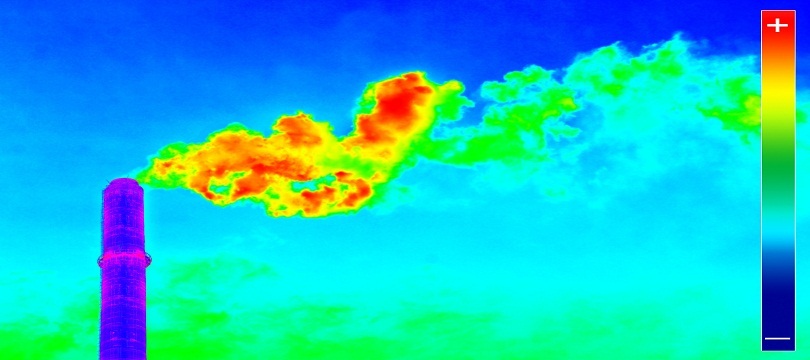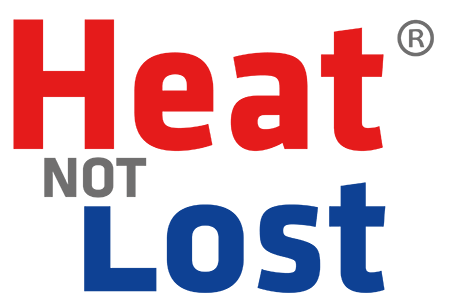
Infrared thermography plays a major role in practically all energy efficiency audits.
It allows:
- contactless temperature measurement of machines and installations which are physically hard to reach or unreachable for the auditor
- temperature measurement of large surfaces, which saves measurement time
- temperature measurement at each point of the object
- detection of thermal bridges
It is crucial to understand the principles of work of thermographic cameras as well as to be aware of common mistakes made during thermographic analysis.
If the temperature of a given body is above 0 Calvins (-273,15 oC) it emits infrared radiation, invisible for a human eye. Thermal imaging cameras register long wavelenghts of this radiation.
Proper interpretation of obtained measurements depends on:
- factors connected to the object surface characteristics (emissivity, albedo, ect.)
- factors connected to environmental conditions (external temperature, distance, measurement angle, humidity, airflow velocity)
Detected radiation consists of the radiation, which the analysed object emits, transfers and reflects.
Only correct camera setup will guarantee proper data read-out and meaningful further analysis.
In today’s article we will discuss the role of emissivity coefficient.
Emissivity is the ability of a material to emit infrared radiation.
Emissivity coefficient of an ideal black body is equal to 1 as it completely absorbs all incident electromagnetic radiation. (it is a non-existent idealized body introduced for the purpose of comparison)
Emissivity coefficient ε demonstrates the relation of radiation power emitted by the surface of a given body to the one emitted by the ideal black body.
In other words, objects with a high emissivity coefficient transfer heat mainly through radiation. Every object is partially absorbing, reflecting or transfering heat.
Thus, while conducting a thermal imagery analysis one should keep in mind that:
• If the temperature of an analysed object is higher than the temperature of the environment an excessively high emissivity coefficient set in a camera will result in falsely decreased temperature measurement. If one conducts thermal analysis of polished stainless steel surface (ε=0,16) in a relatively cool environment, it would be suggested that the major portion of registered radiation comes from reflected radiation of a lower temperature. In such setting if one increases ε, the camera will connect this radiation of lower temperature to the steel surface, which again will result in a falsely decreased temperature measurement.
• An analogy can be observed in the opposite case. If the temperature of an analysed object is higher than the temperature of the environment, an excessively low emissivity coefficient set in a camera will result in falsely increased surface temperature.
• Lower emissivity coefficient indicates larger amount of reflected radiation. In such case, one should concentrate on determining the value of reflected temperature.
We will demonstrate the influence of other factors on thermographic analysis in further articles.


